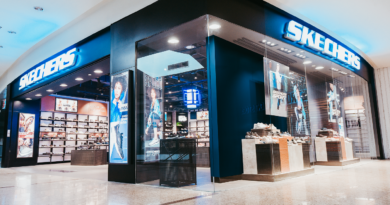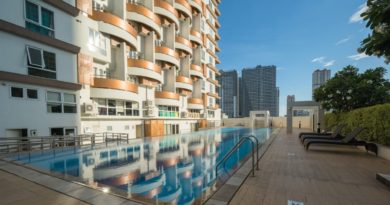Sustaina-board: Using Eco-friendly and Safe Building Products for a Green and Healthy Home
When people talk about building green homes, many think they need to sacrifice a lot to be earth-friendly: their budget, their dream home design, their comfort, or the durability of the materials. Nothing can be further from the truth! If you choose really green and safe building materials, you can have an eco-friendly and healthy abode without forking out more cash or giving up your convenience.
The use of James Hardie building materials—specifically, the HardieFlex® fiber cement boards—is one great step towards achieving sustainability, cost-efficiency and safeguarding the health of your family.
Global leader with a local production facility
James Hardie has proven itself as a longstanding contributor to the development and use of fiber cement boards as a vital component of construction. James Hardie pioneered fiber cement manufacturing in the late 1980s, and it now operates state-of-the-art facilities in several countries. In 1998, James Hardie established its regional production and distribution facility in the Philippines. Located in Cabuyao, Laguna, the local plant ensures steady production and supply, thus lessening the need for the Philippines to import HardieFlex®.
No asbestos, low VOCs mean reduced risk for people and the environment
Some common elements frequently present in homes such as pressed wood products, paints, furnishings or wall coverings can release carbon-based chemicals called Volatile Organic Compounds (VOCs) during their production and subsequent life-cycle. Long-term exposure to elevated levels of VOC emissions may cause injury or disease in humans. Aside from the health hazards of VOCs, they may also react with the atmosphere in the presence of sunlight, or cause photochemical smog that disrupts natural ecosystems resulting in damages of crops, plants, trees, and the ecosystem. Acid rain, an effect of VOC emission, can contaminate ground water as well.
Asbestos, on the other hand, is a highly toxic group of minerals previously used in cements to make it durable and resistant to fire. Asbestos is microscopic — roughly measuring 1/5 of the hair’s diameter — so if asbestos-containing products are cut, sanded or drilled, the fine dust generated can be inhaled, and the particles can lodge in the lungs. Today, asbestos has been classified as a human carcinogen that causes diseases of the lungs, including mesothelioma, an aggressive cancer.
James Hardie building materials are low in VOCs and contain no asbestos. HardieFlex® fiber cement boards are made from unbleached pine wood pulp from sustainable plantation timber, ordinary Portland cement, sand, ordinary water and sometimes small amounts of additives. No more worrying about air pollutants and toxic substances that may affect Mother Earth and your loved ones. Moreover, when properly installed and regularly maintained, HardieFlex® boards create thermally comfortable and energy efficient homes.
Durability equals resource – and cost-efficiency
Whether building your house for the first time or renovating, you can’t help but think how long each part will last, given that they will be exposed to different elements and varying weather conditions:
- Ceilings, which serve as thermal insulators, can be a location of termite infestation.
- Walls must be able to resist impact and fire.
- Senepa—the backing of the gutters—are exposed to scorching heat, rain and strong winds.
- Eaves, which are the outside ceilings or the ceiling of the overhanging edges of a roof, are exposed to heat, termites and moisture.
- Wet area walls in the bathroom, kitchen and laundry are in a moist, humid environment and must be able to hold tiles over long periods of time.
- Floors should be able to carry load, and should not warp due to movement or weather conditions.
- Sidings are, next to the roof, the most exposed to direct sunlight and rain.
Because HardieFlex® building materials are combined wood pulp, cement and sand, they are resistant to fire, termite, moisture, impact, and rotting. Simply put, HardieFlex® fiber cement boards will last a long time, and incur lower replacement, maintenance and repair dues.
With a product made just right for the different parts of your house — HardieFlex Walls, HardieFlex Wet Area Solution, HardieFlex Senepa, HardieFlex Eaves, HardiePlank Siding, HardieFlex Ceilings, and HardieFlex Flooring — imagine your savings in the long run! Plus, it means you’re not putting a strain on the environment by constantly using up its natural resources. Additionally, James Hardie offers a 10-year product warranty in all of its products as well as technical and customer support assistance with nationwide availability.
When it comes to sustainability, the country’s leading brand in fiber cement in terms of design and innovation, performance and customer service is high up there in the list. It’s high time you consider going green with James Hardie building materials that are environment-friendly, cost-efficient, energy-saving and most especially, safe for Filipino families.



